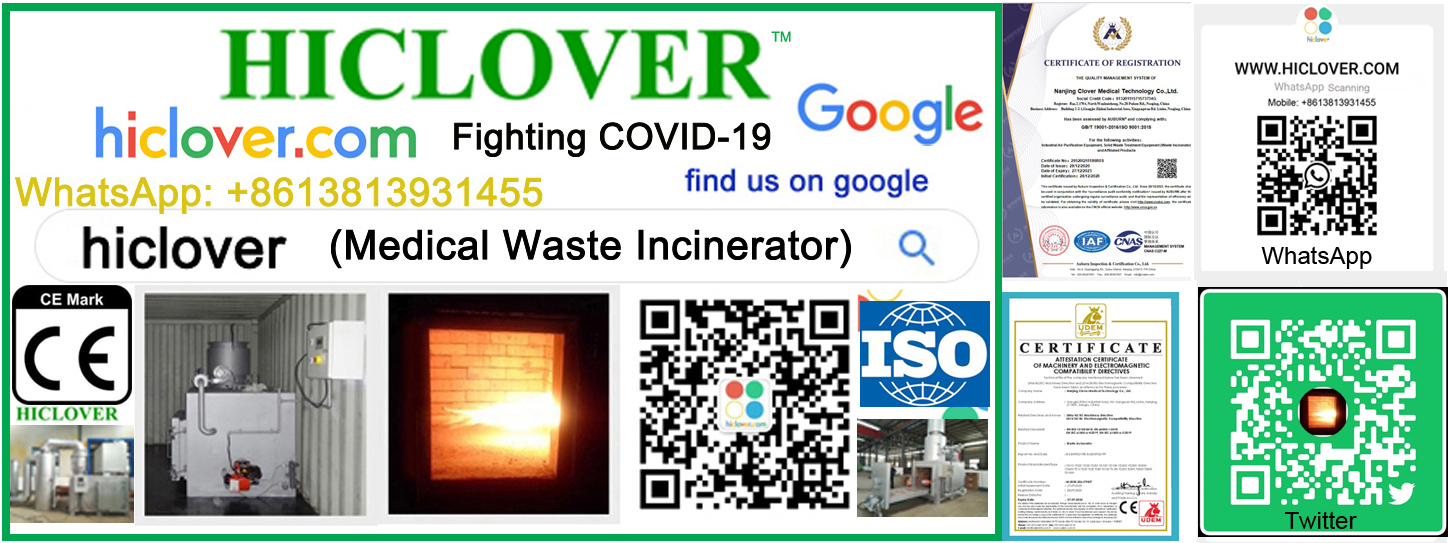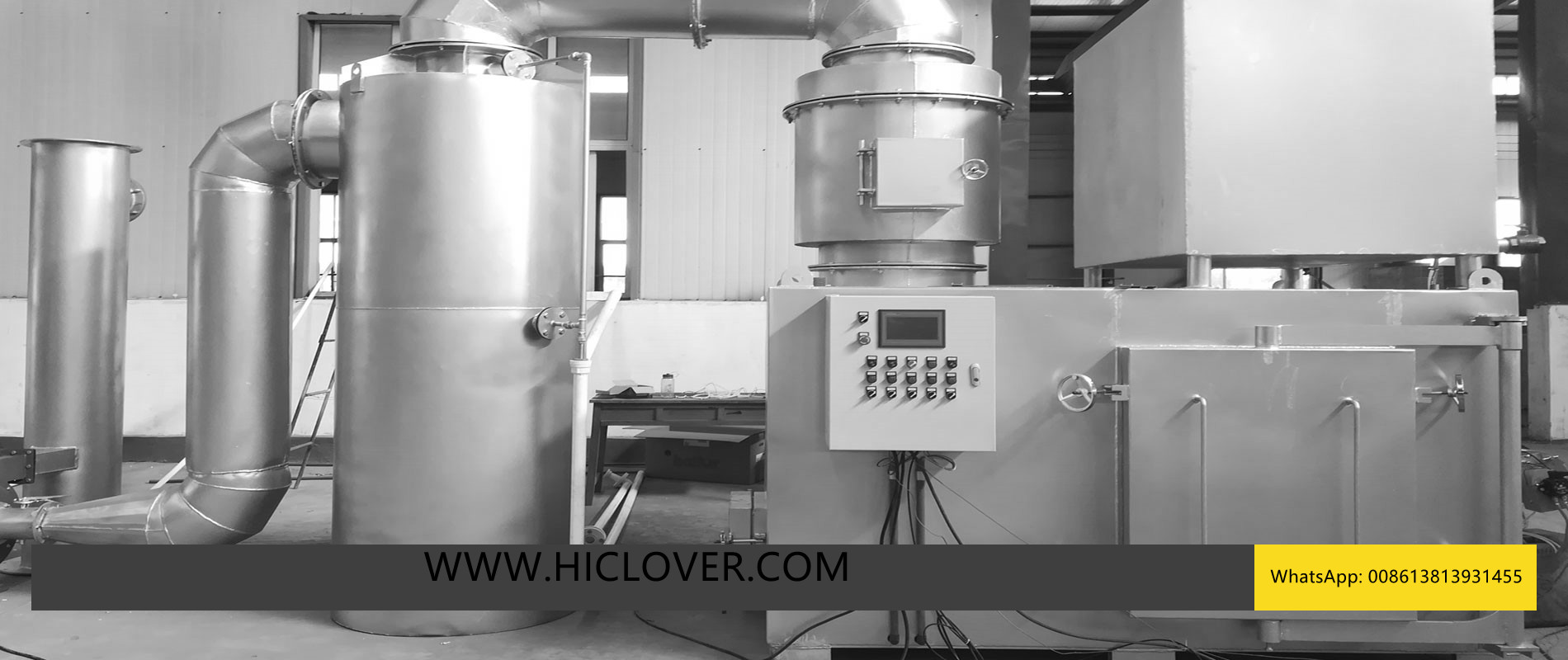People working and living in Nunavut often have limited choices available for cost effective and environmentally sound
management of household and other solid waste. The widespread presence of permafrost, lack of adequate cover material and
remote locations make open burning and incineration a common and widespread practice to decrease the volume of solid waste and
make it less of an attractant to wildlife. A wide variety of combustion methods are used ranging from open burning on the
ground to high temperature dual-chamber commercial incinerators. Generally, high temperature incinerators are more expensive
to purchase and operate and cause less pollution than do the less expensive and lower temperature procedures. However, high
temperature incinerators may safely dispose of a wider range of waste than can the reduced temperature open burning procedures. It’s intended to be a source for traditional, field and business camp
operators, communities and others considering burning and incineration as an element of the solid waste management program.
It examines waste burning and incineration methods that are used in Nunavut, their dangers and risks and outlines best
management practices that may reduce impacts on the environment, decrease human-wildlife interactions and ensure worker and
public health and safety. This Guideline does not address incineration of biomedical waste, hazardous waste and sewage
sludge. The management of these wastes requires specific equipment, operational controls and training that are beyond the
scope of this present document. Section 2.2 of this Act provides the Minister with authority to develop, coordinate, and
administer the Guideline.
The Guideline isn’t an official statement of the law. For more information and guidance, the owner or person in control,
management or control of a solid waste is invited to review all applicable legislation and consult the Department of
Environment, other regulatory agencies or qualified persons with experience in the management of solid waste.
administer the Guideline.
The Guideline is not an official statement of the law. For further information and guidance, the owner or person in charge,
management or control of a solid waste is encouraged to review all applicable legislation and consult the Department of
Environment, other regulatory agencies or qualified persons with expertise in the management of solid waste.






